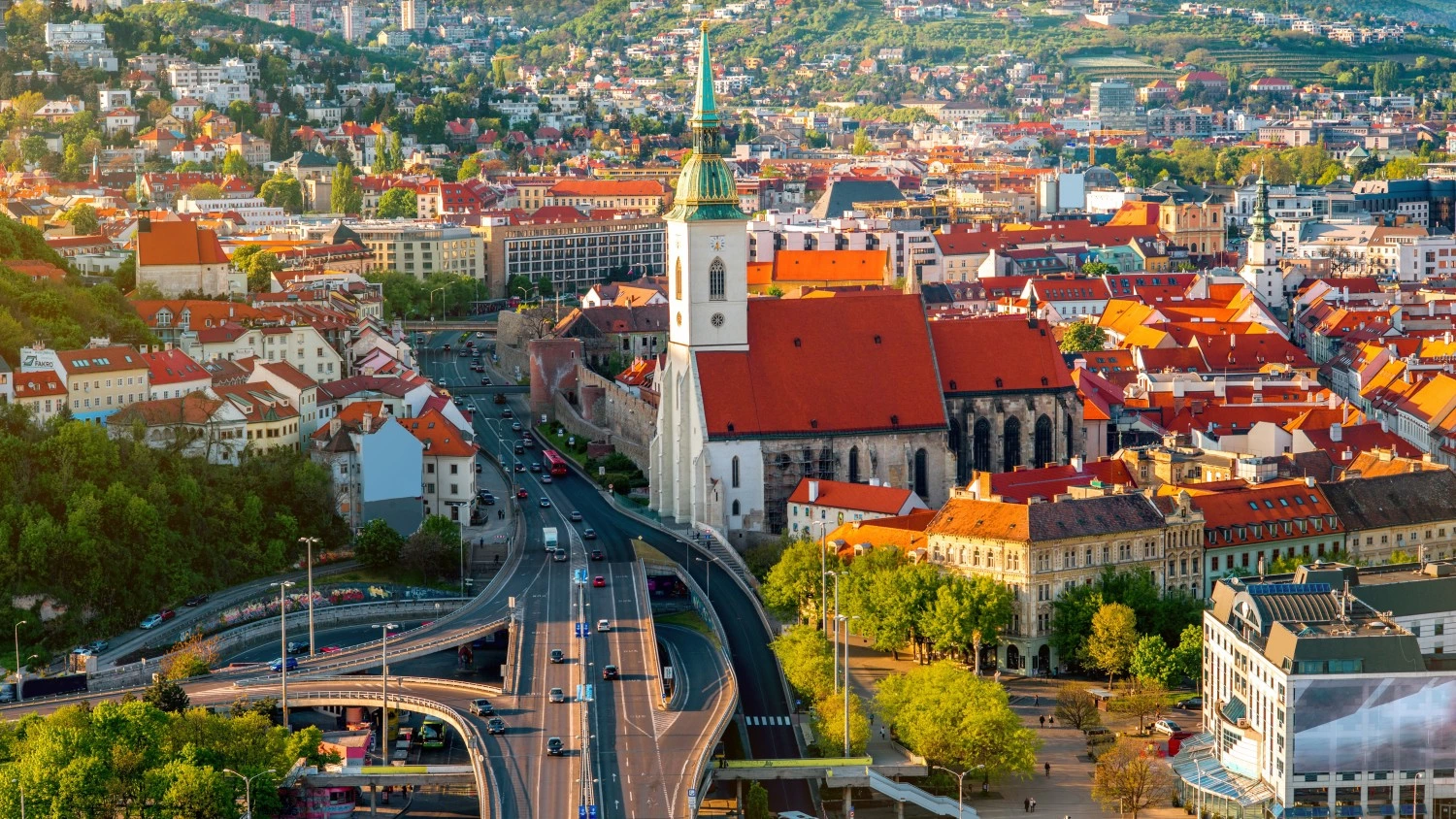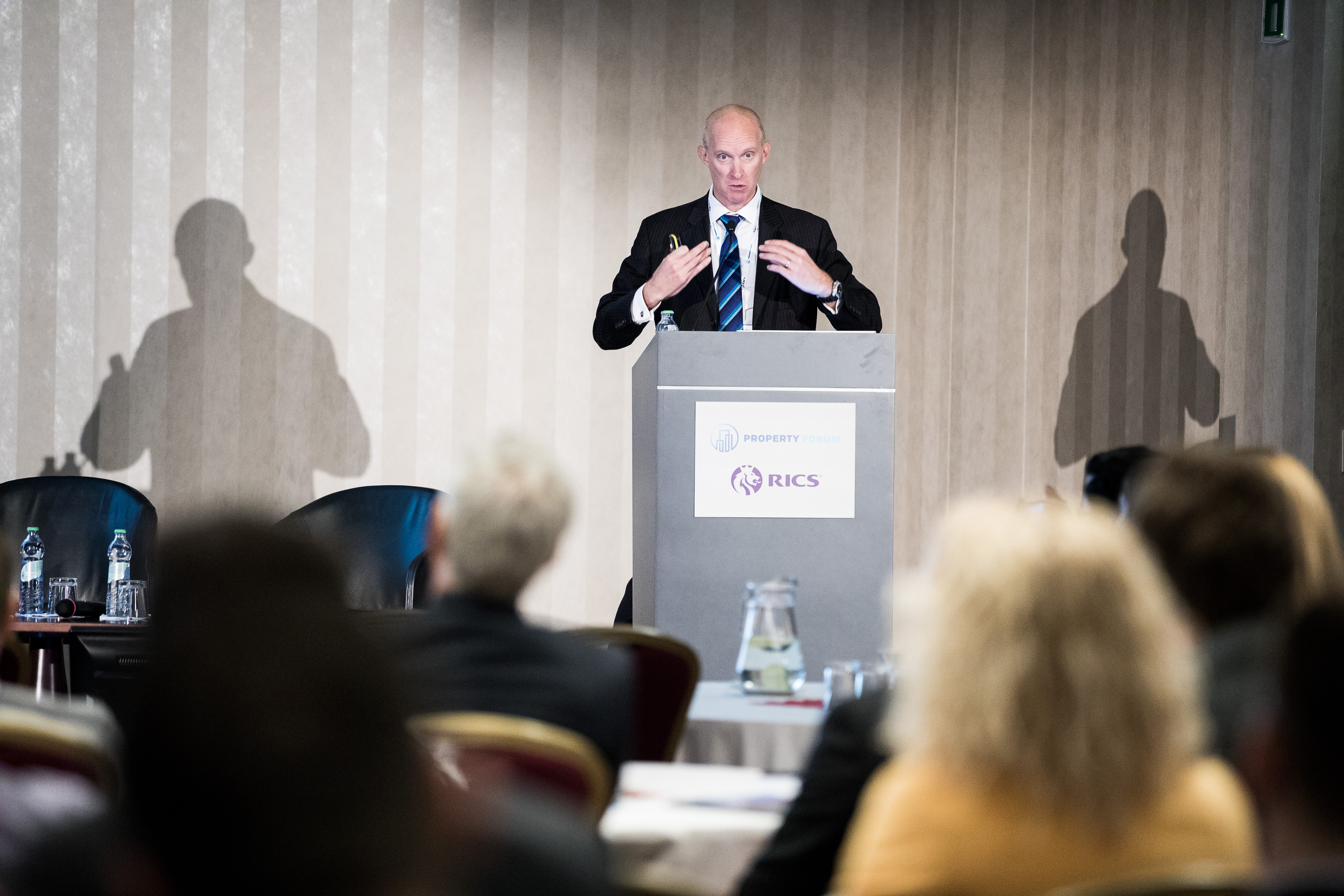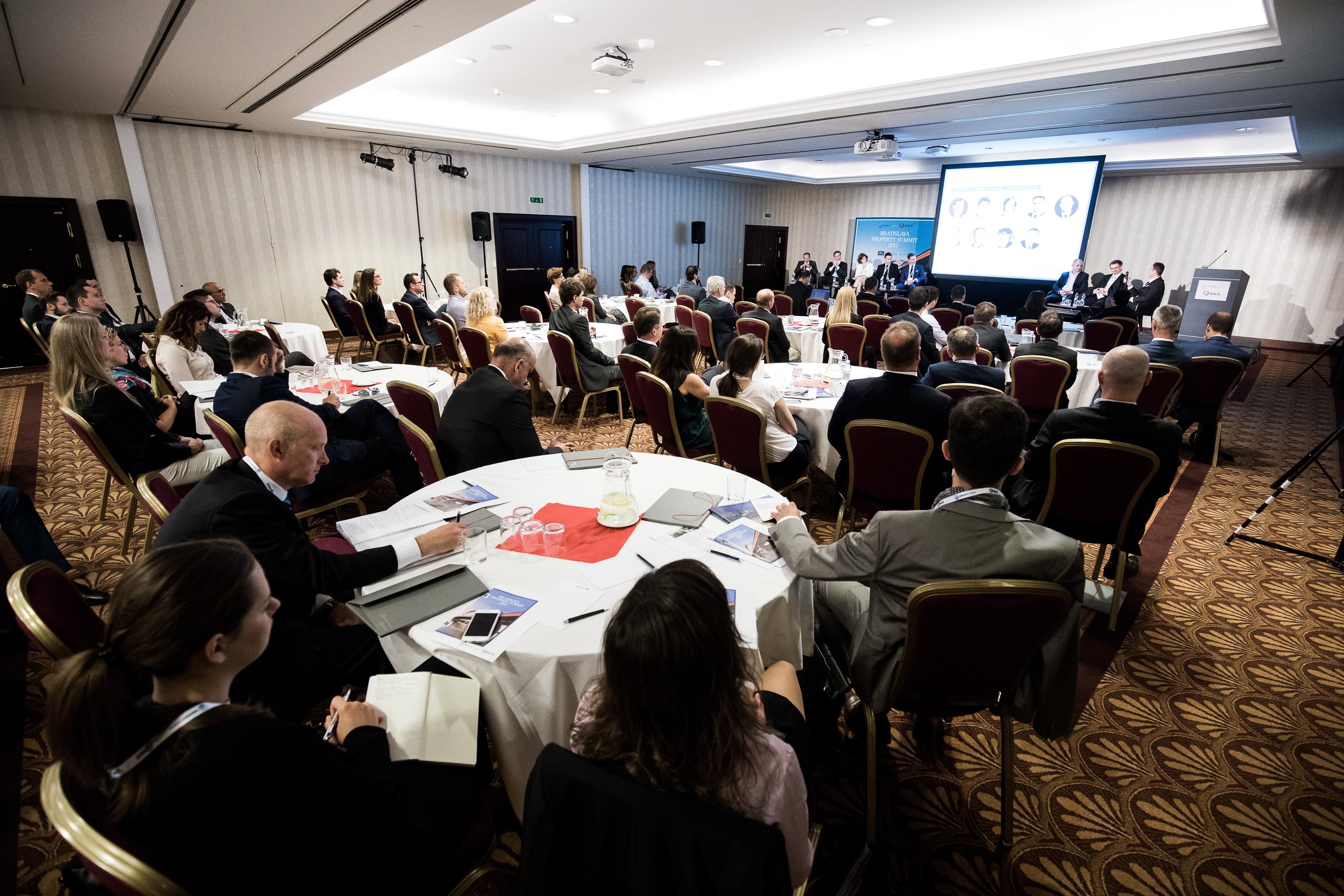
Central Europe’s smallest capital has attracted a lot of interest from investors in 2016 with more and more major players keeping their eyes on Bratislava in 2017. Nearly 20 speakers and more than 100 guests came together in the Slovak capital at the first ever Bratislava Property Summit, organised by Property Forum in cooperation with RICS.
The end in near
In his keynote speech Vladimír Vaňo, Chief Analyst, Head of CEE Research at Sberbank presented an economic overview of the CEE region and Slovakia in particular. He explained that as the US labour market is getting overheated the current cycle might be coming to an end. Nevertheless, the outlook is still optimistic for Europe with Eurozone PMIs remaining in the positive territory. Growing inflation rates in the region suggest that the end of loose monetary policy is getting nearer and the end of zero interest rates is at the corner. Despite these worries most CEE economies are performing well and strong economic growth is expected for 2017 and 2018 with unemployment rates continuing to drop all over the region.

Mark Robinson, CEE Research Specialist at Colliers International presented an overview of the investment markets of CEE. 2016 saw record investment flows into the region with €879 million transacted in Slovakia, a market that is starting to mature and is becoming more liquid. Not only the volume but the number of transactions are also growing with retail being the most popular asset class.
Mr. Robinson highlighted that the ratio of commercial real estate market capitalisation to GDP is exceptionally high in Slovakia compared to its CEE peers which is partly a result of the country having a really small equity market, forcing investors looking for higher yields to invest in real estate.

Slovakia is more than a small market
Members of the investment panel, moderated by Miroslav Barnas MRICS, CEO for the Czech Republic & Slovakia and Head of Capital Markets at JLL, were optimistic about the future of CEE markets. Jan Kubíček, Consultant for Asset and Portfolio Management at Heitman highlighted that as more European money and more global money is flowing into the region liquidity will further improve in the future.
Alexander Rafajlovič, Partner at Cushman & Wakefield agreed, adding that the expectations of more Asian capital coming into CEE are exaggerated. In his experience, Asian investors are mostly looking into Pan-European portfolios. He believes that the most significant change of the recent period has been the rise of local investors.

Marián Fridrich, Transaction Manager at IAD Investments believes that as an investor it is not possible to beat the yield curve. Yields have been going down for some time and they can still compress a bit, especially in the case of Slovakia and Hungary. Hamish White MRICS, Business Development Director at REM Group also expects further compression and he estimates that yields in many segments of the market can reach the 5.5 percent level. Alexander Rafajlovič, on the other hand, believes that there’s not much room for further compression at the prime end.

Slovakia is one of the last countries in Europe where there is a split between the ownership of the land and the ownership of the building, which presents a unique problem to investors and developers, especially in the case of brownfield project, explained Jana Brezinová, Senior Associate, Head of Real Estate at Taylor Wessing Slovakia, adding that the situation is not going to change anytime soon.



